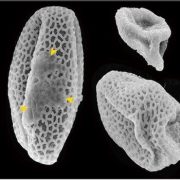
Regulation of protein secretion in tapetal cells
The Plant Cell: In a NutshellGoodman et al. uncover the roles of ESCRT (Endosomal Sorting Complex Required for Transport) proteins in the exocytosis of plasma membrane and secreted proteins in tapetal cells during pollen development. The Plant Cell (2021) https://doi.org/10.1093/plcell/koab132
By Marisa Otegui
Background:…

Shengbin Liu: Plant Physiology First Author
Plant Physiology: Author ProfilesShengbin Liu, first author of "Brachypodium distachyon UNICULME4 and LAXATUM-A are redundantly required for development"
Current Position: Research Associate – The third people’s hospital of Chengdu (China)
Education : Bachelor of Biological Sciences, Dali University; Master:Biochemistry and…

Jia Yuan Ye: The Plant Cell Author
The Plant Cell: Author Profiles
Jia Yuan Ye, first author of “STOP1 activates NRT1.1-mediated nitrate uptake to create a favorable rhizopheric pH for plant adaptation to acidity”
Current position: PhD student, College of Environmental and Resource Sciences, Zhejiang University
Education: BS, Zhejiang University, China
Non-scientific…

Paolo Maria Triozzi: Plant Physiology First Author
Plant Physiology: Author Profiles
Paolo Maria Triozzi, first author of "Spatiotemporal cytokinin response imaging and ISOPENTENYLTRANSFERASE 3 function in Medicago nodule development"
Current Position: Post Doc in Prof. Matias Kirst’s Lab at the School of Forest, Fisheries and Geomatics Sciences, University of Florida.
Education:…
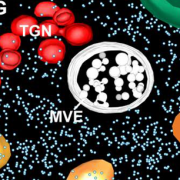
Review: 3D electron microscopy for imaging organelles in plants and algae (Plant Physiol)
Plant Science Research WeeklyHave you noticed that the quality and resolution of cell images has been getting better and better? Weiner et al. review the recent advances in 3D electron microscopy (EM) technologies that have provided these strikingly beautiful and informative images. Like “classic” transmission EM, EM tomography…
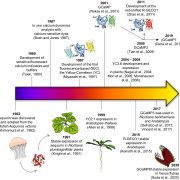
Review: Illuminating the hidden world of calcium ions in plants with a universe of indicators (Plant Physiol)
Plant Science Research WeeklyCalcium ions (Ca2+) are ubiquitous and essential signals, with a very steep concentration gradient from outside to inside the cell. Numerous studies from across the kingdoms have demonstrated that transient Ca2+ fluxes convey information of many types. Here, Grenzi et al. provide an Update on the tools…

Review: The long road to engineering durable disease resistance in wheat (Curr. Opin. Biotechnol.)
Plant Science Research WeeklyThis review by Wulff and Krattinger is a beautifully written “must read”. As the title suggests, it takes the reader on a journey of scientific progress, starting from the “first controlled cross between two wheat species” to the present, with a look into the future. Triticum aestivum (bread…
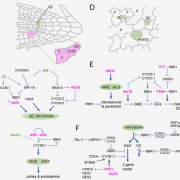
Review: Cycling in a crowd: coordination of plant cell division, growth and cell fate (Plant Cell)
Plant Science Research WeeklyUnlike animal cells, plant cells cannot migrate due to the presence of interconnected rigid cell walls, thus plant development relies on a continuous supply of new cells, (fueled by the cell cycle) to form new organs throughout their life. This excellent review by Sablowski and Gutierrez focuses on the…
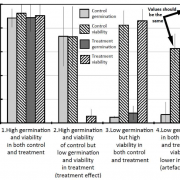
Seed biologists beware: End-of-trial estimation of initial viability may be error-prone (preprints)
Plant Science Research WeeklyAssessing the viability of ungerminated seeds at the end of a trial is a common practice in seed germination experiments. By doing this, researchers aim to establish the number of viable seeds that were sown in an experiment and estimate germination parameters accordingly. Still, can we be sure that…

